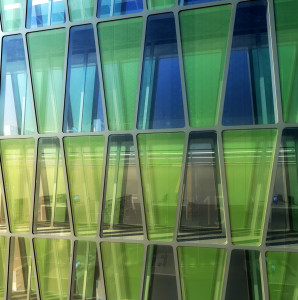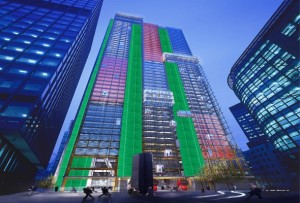by DIANA S. POWERS, The New York Times, November 11, 2013
PARIS — Amid polemics over rising electricity prices in Europe and the level of green energy subsidies in various countries, it is easy to lose sight of the fact that the growth in clean-energy generation is a huge success story.
Solar photovoltaic generation, known as PV, like wind power before it, is coming into the mainstream — at great environmental benefit.
Based on comparative life-cycle analyses of power sources, “PV electricity contributes 96 percent to 98 percent less greenhouse gases than electricity generated from 100 percent coal and 92 percent to 96 percent less greenhouse gases than the European electricity mix,” said Carol Olson, a researcher at the Energy Research Center of the Netherlands.
Photovoltaic generation offers several additional environmental advantages, Ms. Olson said in an interview.
“Compared with electricity from coal, PV electricity over its lifetime uses 86 to 89 percent less water, occupies or transforms over 80 percent less land, presents approximately 95 percent lower toxicity to humans, contributes 92 to 97 percent less to acid rain, and 97 to 98 percent less to marine eutrophication,” she said. Eutrophication is the discharge of excess nutrients that causes algal blooms.
Toward the end of last year, installed global photovoltaic generating capacity passed the milestone of 100 gigawatts — enough to meet the energy needs of 30 million households and save more than 53 million tons of carbon dioxide emissions annually, according to a recent report by the European Photovoltaic Industry Association, E.P.I.A., a solar power industry lobby group.
“Right now, today, the world has installed 130 gigawatts of PV, up from 1.4 gigawatts in 2000,” Wolfgang Palz, a former manager of the European Commission’s development program for renewable energies, told a conference organized by France’s National Center for Scientific Research, CNRS, in Paris last month.
Europe alone now has 80 gigawatts of installed photovoltaic capacity, of which 35 gigawatts is in Germany, the European Union leader, providing about 7 percent of the country’s electricity, he said.
Some regions of Germany are even further ahead: “If you buy an Audi today, manufactured in Bavaria, 10 percent of the electricity used to produce it is PV,” Mr. Palz said in an interview.
With large-volume installation, economies of scale have substantially reduced unit costs.
According to a report by the E.P.I.A., the European solar industry’s lobby group, photovoltaic costs have dropped 22 percent with every doubling of production capacity. […]


